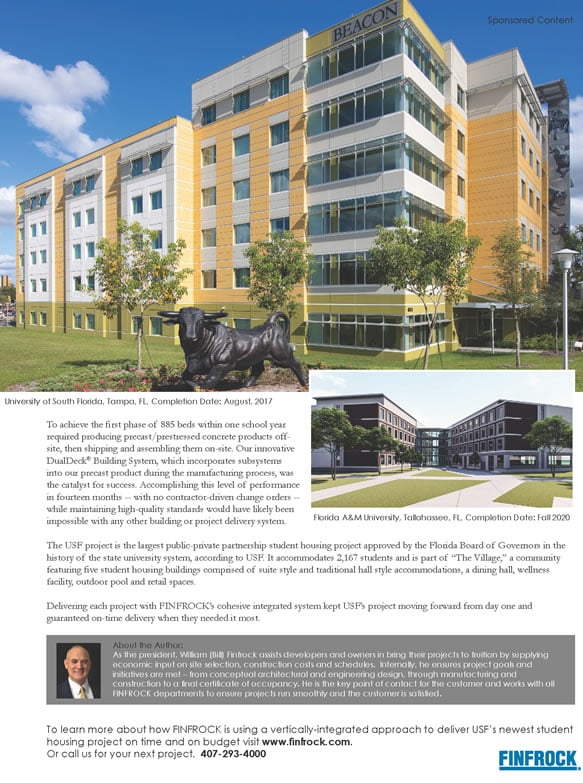Real estate law requires disclosure when a property has been contaminated — understandably so. But opportunities can lie in the most unlikely places.
Contamination can cause a once valuable property to become undesirable and an eyesore in an otherwise thriving community. Properties that experience certain levels of contamination are required to be remediated and monitored. The State of Florida Department of Environmental Protection (DEP) and in many instances, local environmental authorities, are actively engaged in the oversight and monitoring process of contamination sites. The DEP has the ability, upon application by an owner of contaminated property, to approve development projects. The agency is able to safeguard the public while allowing property to be repurposed. With much lower, and decreasing levels of contamination, some properties can once again become an asset when developed within the right parameters.
“State regulations provide for purposeful economic development of properties being monitored for contamination while insuring the safety of the public.” ~ Daniel E. Taylor
The process by which properties can be developed is determined pursuant to regulation by the following protocol:
- Evaluation of the Contamination – The property will be evaluated under the State’s regulations to determine if the current levels of contamination are appropriate for the governing agency to consent to proposed development through implementation of institutional and/or an engineering controls.
- Institutional Control – Once the source of contamination is determined and released from monitor-only status, the property can be developed if certain deed restrictions are first placed on the property. Public safety is the primary concern, and depending on the type and extent of contamination, the deed restriction can include one or more of the following restrictions: prohibit the use of groundwater and the removal of soil, and restrict certain uses of the land (i.e. a park or agricultural use).
- Engineering Control – When contaminated properties are considered for development, engineering is vital to determine what makes the most sense for the property and surrounding community. An example of an engineering control is parking lots. A parking lot may be constructed over the contaminated portion of the property to effectively cap the contamination. With proper engineering, land that was once detrimental becomes purposeful.
- Proactive Control – History is recorded and studied to prevent the mistakes of the past. It is important for property owners to use land responsibly and prevent contamination from occurring or reoccurring on repurposed land.
About the Author Daniel E. Taylor, a director with Tripp Scott, is a Martindale-Hubbell AV-Rated attorney with more than 45 years of legal experience providing clients throughout South Florida with strategic counsel on governmental, regulatory, environmental and land-use issues. He also serves as the chair of the firm’s commercial real estate practice.
For more than 40 years, Tripp Scott has played a leadership role in issues that impact business. Real estate development is a key industry in Florida. This information is shared as information on pursuing properties with levels of contamination.












